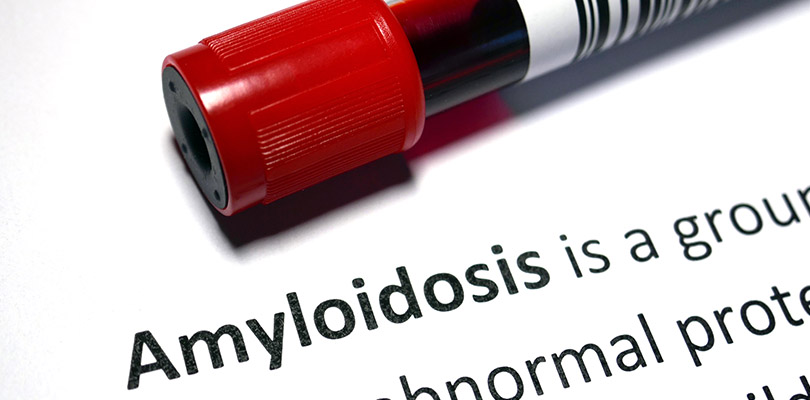The Difference Between OCD and Perfectionism
Even mental health professionals struggle to distinguish between a serious mental health issue and other ways of functioning. With so many disorders and endless variations of abnormal behaviors, the edges separating pathological, problematic, and appropriate become blurred.
To complicate matters more, some individual characteristics feel normal, acceptable, or even helpful to the individual, but in reality, these traits are very negative. Given enough time, they could result in serious consequences in the future.
Obsessive-compulsive disorder (OCD) and perfectionism are great examples of this dilemma. The two conditions share similar signs and symptoms despite being quite different.
Knowing OCD
OCD is a recognized, standardized, and well-studied mental health disorder. Previously, the American Psychiatric Association categorized OCD as an anxiety disorder, but in the newest version of the Diagnostic and Statistical Manual of Mental Disorders (DSM-5), it is grouped separately.
There are no positive or rewarding aspects of OCD. OCD is distinguishable by its discrete obsessions, compulsions, and the time they consume.
Obsessions
Obsessions are strong, unwanted thoughts, urges, or images that pop into your mind and result in high stress, fear, anxiety. In OCD, these thoughts are very negative, so you will try to ignore, suppress, or stop the thoughts in any way possible.
Common obsessions include:
- Fear of illness or own death
- Fear of other’s illness or death
- Fear of losing control or going crazy
- Images of gruesome acts or crimes
Compulsions
Compulsions are physical behaviors or mental actions (thought processes) you feel determined to complete to decrease the frequency and intensity of the obsessive thoughts. Compulsions are numerous with common behavioral examples including:
- Hand washing and other cleaning practices
- Checking and rechecking locks, faucets, or stoves
- Lining up and arranging items in specific ways
- Repeating normal behaviors like:
- Flicking a light switch
- Walking in and out of rooms
- Touching items a certain number of times
Common examples of compulsive mental actions include:
- Praying
- Counting
- Repeating words silently
So, obsessions are strong, negative thoughts and the compulsions are acts performed to relieve the thoughts. An important consideration is the idea that the relationship between the obsessions and compulsions rarely make sense.
Logically, there is no way touching a doorknob 13 times before entering a room will make it any safer. Irrationality fuels the link between obsessions and compulsions.
Time Spent with OCD
The last defining characteristic of OCD is the time spent completing the actions. People with OCD often spend hours fulfilling the cycle of obsessions and compulsions until they feel comfortable with the situation.
This time spent can negatively impact their relationships, responsibilities, and performance at work or school. Given enough time, OCD will consume most of your life, but it will still feel necessary at times to avoid the obsessive fear.
Why do our stomachs growl? As it turns out, most of the time the growling is actually occurring in the intestines, not in the stomach at all!
Knowing Perfectionism
OCD is a recognized, standardized, and well-studied mental health disorder while perfectionism is none of these. There is no diagnosable condition called perfectionism, so there will be no standard set of signs and symptoms.
Perfectionism is the strong urge to complete tasks at exceptionally or unrealistically high levels followed by excessive behaviors aimed at achieving the highest level. With the expectations too high, there is no way ever to feel accomplished because your performance is never good enough.
Sometimes, people with perfectionism will feel blocked and unable to complete tasks because they are certain of failure. Other times, they will redo one step of the process so many times they miss their deadline and can never finish.
Perfectionistic people will feel high levels of stress and anxiety. Since their self-esteem and achievements mesh with their accomplishments, they usually feel terrible while looking for the next opportunity to prove their abilities. Accomplishments are their only path to praise and self-worth.
Perfectionism and OCD Similarities
There is a significant overlap between perfectionism and OCD that explains some of the confusion between the two. Similarities include:
- The cycle of anxious thoughts leading to excess behaviors
- The presence of low self-esteem
- Continuing to engage in this pattern despite recognizing the negatives
- The tremendous amount of time needed to perform these behaviors
Perfectionism and OCD Differences
The differences between perfectionism and OCD may not be numerous; they are substantial.
Beneficial
Perfectionism is stressful, but it can serve a beneficial purpose in education or at work. OCD is never helpful and only negatively impacts all aspects of life.
Logical
Perfectionists will be follow through to unnecessary levels, but the link between goals and behaviors will always make sense. If you want a good grade or a promotion at work, you have to work hard to accomplish it.
People with OCD will not share the same logical connection between thoughts and actions. Extreme hand washing in OCD may be the exception, but it carries other irrational thoughts.
Stable
The degree of perfectionism will change depending on situations and stressors. For example, a perfectionist may appear calm and happy during summer vacation from school and stressed during the semester.
OCD symptoms usually are steady with few periods of relief.
Although OCD is more serious, neither condition is desirable. Mental health treatment can help to minimize the unwanted influence of either.
If you are still unsure if you or someone you love is a perfectionist or someone with OCD, be sure to consult with a mental health expert. Only they can accurately assess the symptoms and arrive at a trustworthy conclusion.







